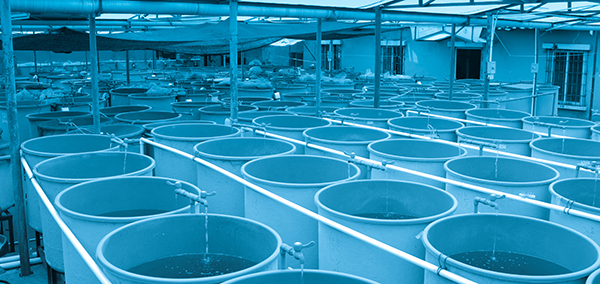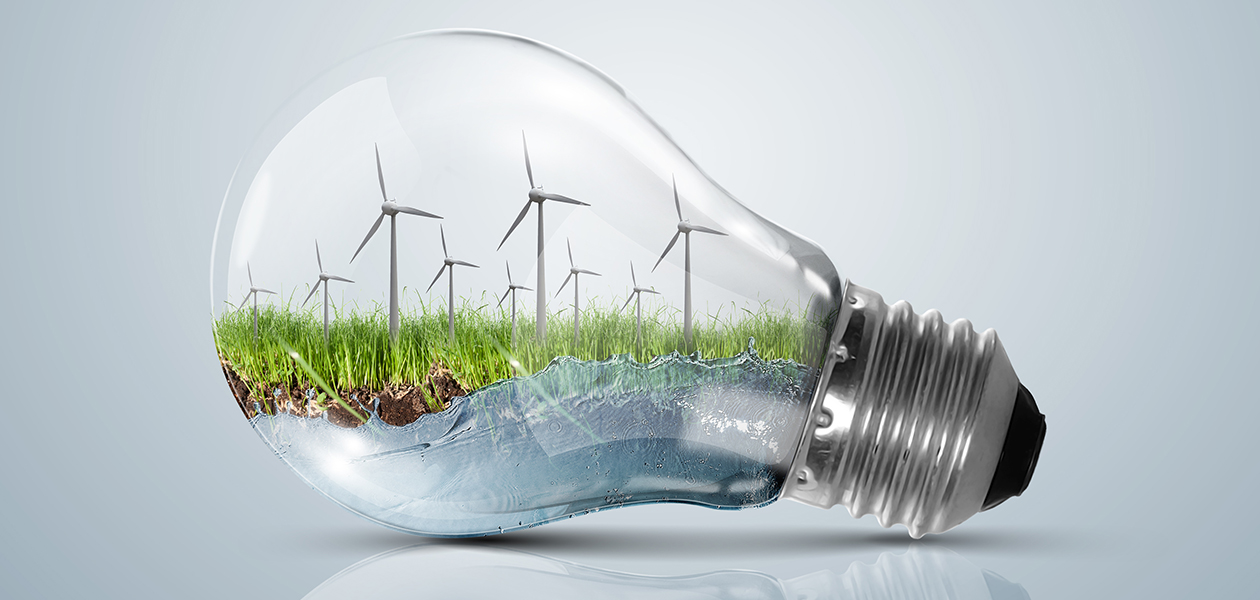When enterprises go green
Companies can embrace sustainability by using these TechOffers to increase resource efficiency and recover resources from waste or pollutants.
Stories of climate change, extreme weather and environmental pollution routinely dominate the headlines. As more resources are drawn from the environment and more waste is produced than ever before, human activity is inevitably taking its toll on the environment.
Governments and private enterprises are realising the importance of sustainability, setting targets to reduce the environmental impact of production and consumption, while seeking out opportunities to reuse and recycle by-products or waste. Contrary to early impressions that greening the value chain entails significant costs and a weakened bottom line, companies that adopt sustainable practices have been found to consistently outperform their less environmentally-friendly counterparts.
In this month’s TechOffers, we highlight three green technologies that could help enterprises generate value by jumping onto the sustainability bandwagon, doing a service to their clientele and the environment at the same time.

A breath of fresh air
As countries become increasingly urbanised and industrialised, air quality tends to suffer. In January 2017, cities such as Beijing and Tianjin in China were enveloped in a thick, toxic smog. More recently, in November 2017, the air quality index of New Delhi rose to nearly double the upper limit of the hazardous band. As chemical and biological contaminants in polluted air can have severe health consequences, technologies that help remove these harmful substances from the air are important and increasingly sought after.
Current state-of-the-art air filtration systems such as the N95 face mask and the high efficiency particulate air (HEPA) filters boast an air filtration efficiency of 95 percent and 99.97 percent, respectively. However, neither of the two inventions disinfects biological hazards such as bacteria and viruses, nor do they detoxify dangerous chemicals in the air.
To go beyond filtration and achieve active neutralisation of biological and chemical pollutants, multi-layered nano-filters have been developed. Not only do they boast 99.99 percent particle and bacterial filtration efficiency, they also possess antimicrobial and detoxification properties, and can be applied to existing filter surfaces, including car and air conditioning filters, to modularly enhance their functions. Being lightweight and highly breathable, the nano-filters are even suitable for use in face masks in the chemical and medical industry.

A slick solution
Air pollution is not the only consequence of industrialisation across the globe. Much of human activity is still powered by fossil fuels until clean, renewable energy reaches a point where it is cheap and widespread enough to replace them.
To reduce the negative impact of oil-based pollution, a carbon fibre aerogel (CFA) that removes 99 percent of hydrocarbon contamination has been invented. Made from low-cost waste paper and cotton as the base materials, the CFA can hold up to 192 times its weight in certain organic compounds. Beyond the oil and gas sector, the CFA can even be deployed in the food recycling industry as it also voraciously soaks up grease in food sludge.
The absorbed substances can be recovered simply by applying mechanical pressure to the aerogel, or by distillation. The CFA can then be reused. This inexpensive invention is thus a win-win situation for enterprise and the environment.

Keeping water woes away
One natural resource that often gets taken for granted is water. In aquaculture farms, the quality of water is a matter of life and death for the livestock being reared. Water filtration systems are important, but without the ability to monitor the quality of water, aquaculture farmers run the risk of catastrophic losses if deviations from the norm go undetected.
Bringing a traditional industry into the 21st century, a system for real-time, multiplexed and wireless monitoring of water quality in aquaculture farms is now available. Sensors that record the pH, oxygen levels, salinity and temperature of water continuously update a database in the cloud so that farmers can keep tabs on water quality from anywhere, at any time on their computers or mobile devices. Depending on the farmers’ requirements, the type of sensors deployed can be customised to monitor other water parameters as well.
By receiving alerts when water conditions change, farmers can intervene in a timely fashion so that the health and quality of their livestock are not compromised. The yield per tank could therefore increase, making aquaculture more resource efficient and sustainable.

